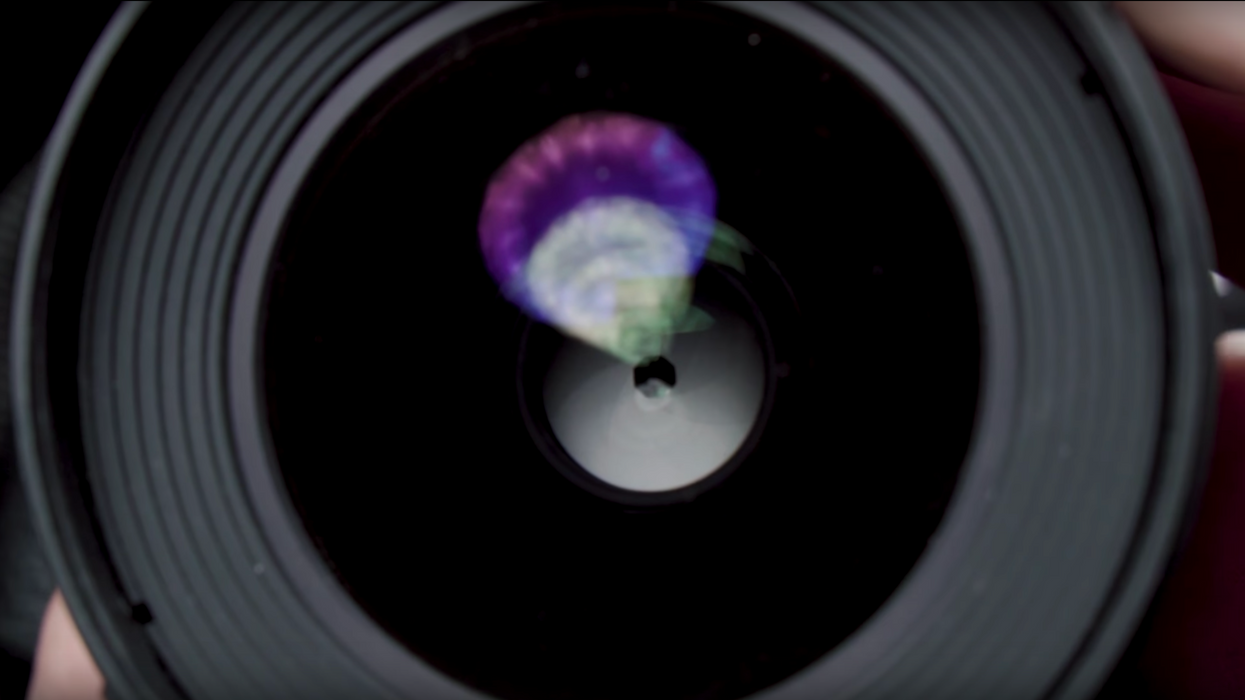What Is the Exposure Triangle and How Does Each Element Affect Your Images?
Aperture, ISO, and shutter speed are the three fundamental elements of exposure, but how exactly do they work?

So, you're a first-time filmmaker who has done their due diligence by poking around outside shooting leaves and fence posts and your checkered Vans standing awkwardly on the pavement. Brilliant! That's a great start! But let me ask you this: did you leave your camera settings on auto? Don't worry if you did; most who are brand new to filmmaking typically do because it allows their camera's brain to complete important functions that they may not fully understand, like choosing the right aperture to properly expose an image.
However, if you want to achieve a higher level of creative independence and are ready to take the plunge into manual mode, you'll want to know everything you can about exposure, as well as the factors that affect it: aperture, ISO, and shutter speed.
Exposure Triangle
Before we get to each of these elements, we should probably talk about the "exposure triangle." It's the way in which filmmakers associate the three factors that determine the exposure of an image, aperture, ISO, and shutter speed. Each one of them can drastically change the look and feel of your images, which is why it's so important to understand how each of these settings behave both in collaboration and independently of each other.
Three Factors
Again, the exposure triangle is made up of three factors, and each one of them has its own unique effect on an image.
Aperture
Your aperture setting measures how narrow or wide the opening of a lens' iris is; the wider the opening, the lower the f-stop, the narrower the opening, the higher the f-stop. Now, the size of an aperture affects images in several ways.
- The amount of light that hits the sensor, resulting in brighter or darker images. (Wide apertures allow more light in, while narrow apertures allow less.)
- The depth of field of an image, or how much of a scene that remains in focus. (Wide apertures result in less depth of field, while narrow apertures result in more depth of field.)
Here's a great video from Shutterstock that explains aperture in more detail.
ISO
The ISO setting on your camera basically controls how sensitive the sensor is to light. Low ISO results in darker images and high ISO results in brighter images. Now, you should definitely keep an eye on your ISO when you're cranking it up to compensate in a low-light situation because as your ISO gets higher, not only does the amplification of the sensor data begin to result in unwanted grain and noise but it decreases dynamic range.
Shutter Speed
The shutter speed is the duration in which your shutter opens and exposes a camera sensor to light. Fast shutter speeds let in less light and result in darker images, while slow shutter speeds let in more light, resulting in brighter images. However, one effect that you should keep in mind when deciding on your shutter speed is motion blur. Fast shutter speeds capture less motion blur and slow shutter speeds capture more. This can be problematic if you're shooting a narrative film, because there is a certain amount of motion blur that people consider "natural" or "normal," which is usually achieved with a shutter speed set somewhere around 1/48 or 1/50. Why 1/48 or 1/50? Because most films are shot in 24 frames/second, and the "180-degree shutter angle rule" states that your shutter speed should be double the inverse of your frame rate. (24 * 2 = 48, the inverse of which is 1/48.)
Now that you have a better idea of how the factors of exposure work independently, as well as together, you might have a bit more confidence in turning the ol' dial on top of your camera to manual.
Source: Shutterstock Tutorials











